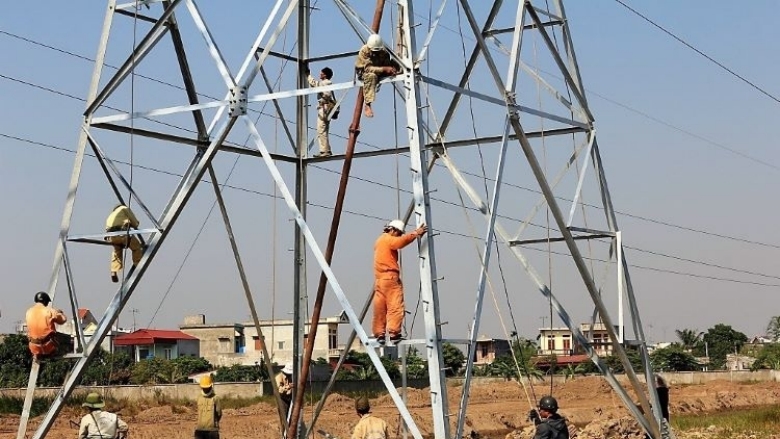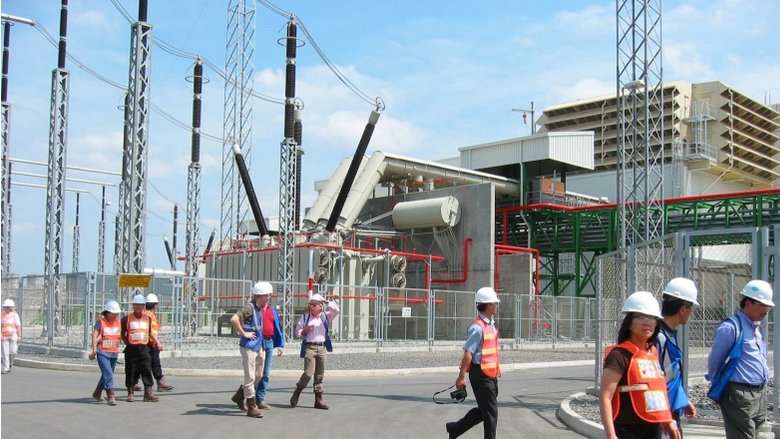Results
Over its 20-year lifetime, the project enhanced capacity, increased efficiency, and reduced greenhouse gas emissions, while ensuring improved access to more reliable electricity services for both individuals and businesses.
- The project increased transmission capacity by 15 percent and enhanced the efficiency and reliability of electricity transmission in the Greater Hanoi and Greater Ho Chi Minh City areas.
- Implementation of smart-grid technology and a computer-based Assessment Management System (AMS) reduced average operations and maintenance expenses per megawatt hour transmitted by approximately 20 percent, from $0.83 in 2015 to $0.67 in 2021.
- The average duration of faults for the entire transmission system in Vietnam fell from 76.2 minutes in 2013 to 15.4 minutes in 2021, reducing unmet demand and generation costs.
- The project facilitated the integration of renewable energy sources on a larger scale, leading to a reduction of approximately 95,000 tons of greenhouse gas emissions annually.
Bank Group Contribution
The International Bank for Reconstruction and Development (IBRD) provided a $500 million loan. The rest of the total $731 million needed for the project from the EVN Fund. IBRD also provided extensive analytical and technical assistance.
Partners
EVN implemented the project, with financial support and technical assistance from IBRD.
Looking Ahead
The project provided a technology benchmark for improving the capacity, efficiency, and reliability of the electricity transmission system in Vietnam. Based on the experiences gained from the design and implementation of this project, EVN continues to identify improvement needs and actively plan for continuous network upgrades and expansion.

